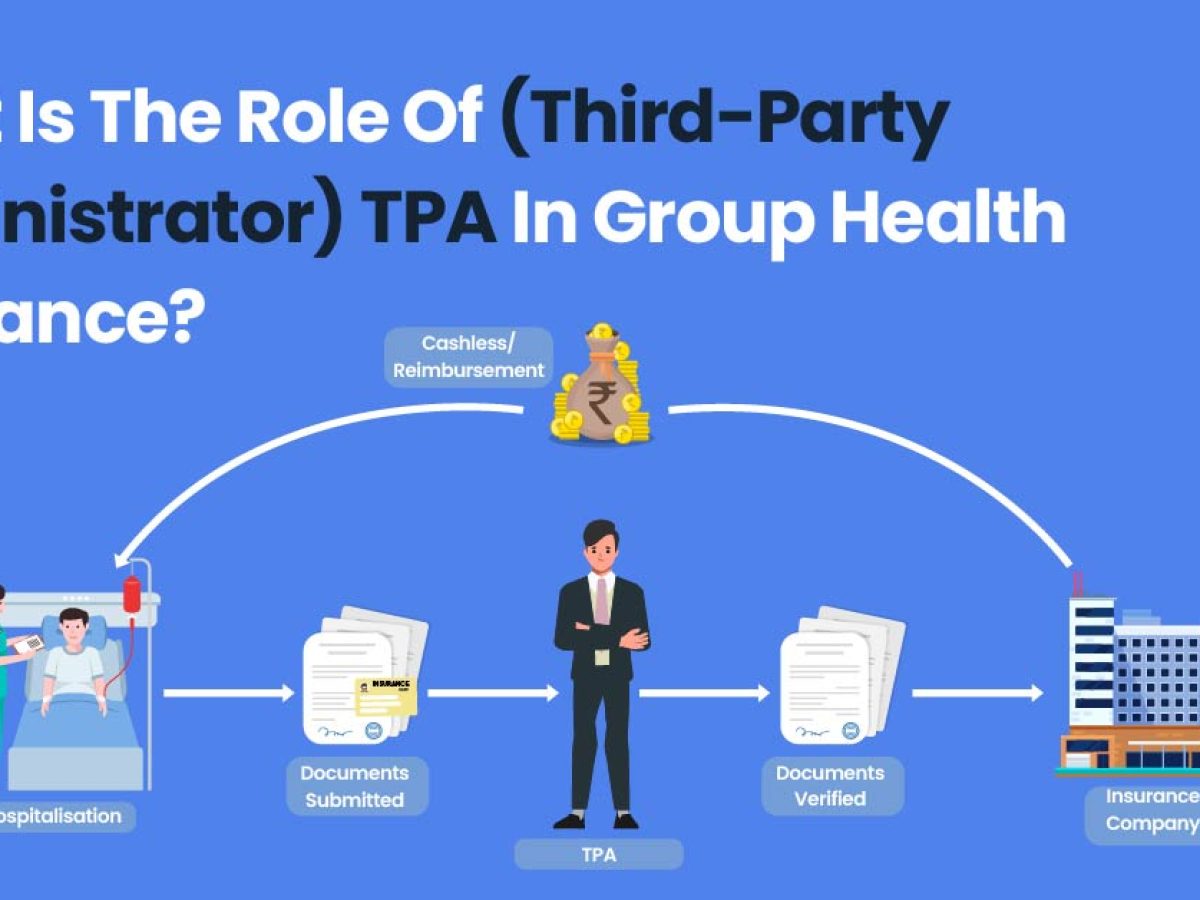What Does Pacific Prime Mean?
What Does Pacific Prime Mean?
Blog Article
Pacific Prime Fundamentals Explained
Table of ContentsSee This Report on Pacific PrimePacific Prime Fundamentals ExplainedThe Pacific Prime DiariesThe 4-Minute Rule for Pacific PrimeAll About Pacific Prime

This is since the data were gathered for a duration of strong financial performance. Of the approximated 42 million individuals who were without insurance, all but concerning 420,000 (about 1 percent) were under 65 years old, the age at which most Americans become qualified for Medicare; 32 million were adults between ages 18 and 65, around 19 percent of all adults in this age group; and 10 million were youngsters under 18 years of age, regarding 13.9 percent of all youngsters (Mills, 2000).
These estimates of the number of individuals without insurance are generated from the annual March Supplement to the Existing Populace Survey (CPS), carried out by the Demographics Bureau. Unless or else noted, national quotes of individuals without wellness insurance and percentages of the populace with different type of coverage are based on the CPS, one of the most extensively utilized resource of quotes of insurance protection and uninsurance rates.
Top Guidelines Of Pacific Prime

Still, the CPS is particularly beneficial due to the fact that it generates yearly quotes reasonably quickly, reporting the previous year's insurance protection approximates each September, and due to the fact that it is the basis for a regular set of estimates for greater than two decades, permitting evaluation of fads in insurance coverage gradually. For these reasons, in addition to the substantial use the CPS in other research studies of insurance coverage that exist in this record, we count on CPS estimates, with constraints kept in mind.

The estimate of the number of without insurance people increases when a populace's insurance policy status is tracked for numerous years. Over a three-year duration beginning early in 1993, 72 million individuals, 29 percent of the united state population, were without coverage for a minimum of one month. Within a solitary year (1994 ), 53 million people experienced a minimum of a month without insurance coverage (Bennefield, 1998a)
6 out of every ten uninsured adults are themselves used. Working does improve the likelihood that one and one's household members will certainly have insurance coverage, it is not a guarantee. Also members of family members with two full time breadwinner have virtually a one-in-ten possibility of being uninsured (9.1 percent without insurance price) (Hoffman and Pohl, 2000).
What Does Pacific Prime Do?
New immigrants account for a considerable percentage of people without medical insurance. One analysis has actually connected a significant part of the current growth in the size of the united state without insurance populace to immigrants who showed up in the nation in between 1994 and 1998 (Camarota and Edwards, 2000). Current immigrants (those who pertained to the USA within the previous 4 years) do have a high price of being without insurance (46 percent), yet they and their children represent simply 6 percent of those without insurance policy nationally (Holahan et al., 2001).
The relationship between health and wellness insurance policy and accessibility to care is well developed, as documented later in this phase. The partnership in between health and wellness insurance coverage and health end results is neither straight nor basic, a substantial professional and wellness services study literary works web links health insurance policy coverage to improved accessibility to care, better top quality, and enhanced personal and populace health and wellness condition.
Levels of analysis for analyzing the results of uninsurance. This discussion of health and wellness insurance protection concentrates mostly on the U.S. populace under age 65 due to the fact that basically all Americans 65 and older have Medicare or various other public insurance coverage. It focuses specifically on those without any kind of health and wellness insurance for any kind of length of time.
Rumored Buzz on Pacific Prime
The problems dealt with by the underinsured remain in some areas comparable to those faced by the uninsured, although they are typically much less extreme. expat insurance. Uninsurance and underinsurance, nevertheless, why not look here entail distinctly different policy issues, and the techniques for addressing them might differ. Throughout this research study and the five reports to follow, the main emphasis gets on individuals without any medical insurance and therefore no help in paying for healthcare past what is readily available via charity and safeguard institutions
Medical insurance is a powerful element impacting receipt of care because both patients and medical professionals react to the out-of-pocket cost of services - https://pacificpr1me.edublogs.org/2024/04/02/pacific-prime-your-one-stop-shop-for-insurance-solutions/. Medical insurance, however, is neither essential nor sufficient to access to medical services. Nonetheless, the independent and direct result of medical insurance protection on accessibility to health and wellness services is well established.
Others will get the wellness care they require also without medical insurance, by spending for it out of pocket or seeking it from service providers that use care free or at extremely subsidized rates. For still others, medical insurance alone does not ensure invoice of care as a result of other nonfinancial obstacles, such as a lack of healthcare service providers in their area, restricted accessibility to transportation, illiteracy, or etymological and cultural differences.
How Pacific Prime can Save You Time, Stress, and Money.
Formal research study concerning without insurance populations in the United States dates to the late 1920s and very early 1930s when the Board on the Cost of Treatment generated a collection of reports about financing medical professional office visits and hospital stays. This concern became prominent as the varieties of clinically indigent climbed during the Great Anxiety.
Report this page